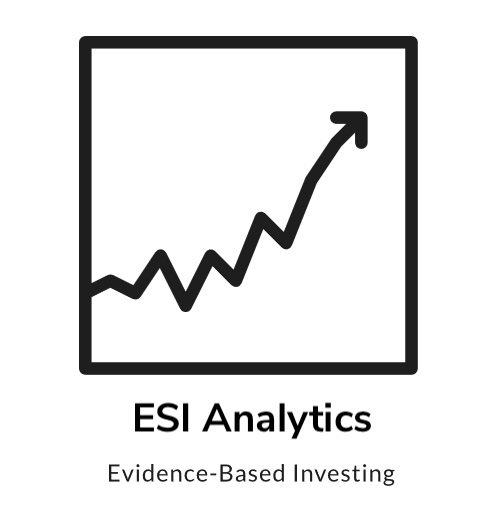Back in the day, coal miners took canaries into coal mines. The birds were an early warning of an invisible and lethal danger because canaries are more sensitive to dangerous gases than humans are. Consequently, the coal miners knew it was time to leave the coal mine if the canary died because hazardous gases were present.
There are parallels between canaries and our four leading macroeconomic indicators. They signal if a recession is likely. Moreover, they have a good track record for warning about an economic downturn ahead of the stock market, which is also a leading indicator. Recessions are relevant for investors because sustained bear markets unfolded in the US during economic contractions only.
Investors were best off preserving capital and selling their equity holdings to circumvent sustained bear markets in the recessionary phase of the cycle. That’s in contrast to regular corrections. A stock market correction occurs more often than a sustained bear market. They are a regular feature of the stock market during economic expansions. However, investors don’t need to fear corrections because the S&P 500 almost never had a drawdown of -20% while the US economy grew. Moreover, corrections recovered swiftly. Therefore, it has been profitable to historically buy the dips or sit through corrections.
Our leading macroeconomic indicators continue supporting a bullish thesis short-term. They remain constructive and do not signal a recession despite deteriorating slightly since our latest update a month ago.

Labor Market
The US labor market weakened ahead of every recession since WWII. It peaked before weakness set in on average two months before the S&P 500 reached its cyclical high. Moreover, labor market strength fatigued about 16 months before the unemployment rate hit its absolute low historically. There has been only one exception, the 1973-1975 recession, out of the past ten recessions that did not record a gradual deterioration of the labor market every month.
The labor market remains strong and does not signal an imminent recession today. It continues setting one record after another within the economic cycle that started after the corona crisis.
Credit Spreads
Credit spreads also deteriorated before the past recessions before the S&P 500 reached a cyclical peak. They typically widened 17 months before the US economy went into recession. That was, on average, 11 months before the S&P 500 reached a cyclical peak.
Moody’s seasonal Baa corporate bond yield relative to the 10y treasury yield summarizes the historical evidence. The gauge peaked in November 2021, which is about five months ago. Moreover, we witness a healthy widening but not credit stress today.
Post-WWII, equities climbed for another six months before the wheels came off in similar conditions as today.

Yield Curve
Since the last update, the most significant change is that the yield curve inverted briefly.
An inverted yield curve proceeded a cyclical stock market high on average by 5-6 months during the past 70 years. The gauge has been a reliable leading indicator for the economy and the stock market.
The 10y minus 2y yield US Treasury yield curve is in line with credit spreads. Both signal that equities have another 5-6 months of tailwind.

Conference Board LEI
In the past 70 years, the conference board’s leading economic index cyclical peak has been, on average, three months before a cyclical stock market peak. Although the index peaked in December, it has been rising in 2022. The indicator is just -0.1% shy of its ATH and could reset the signal next month. That’s contrary to its typical behavior before the past recessions, which recorded a decline in the indicator.
Again, there is no imminent recession signal flashing here.

Conclusion
The US stock market has most likely not peaked yet. Our four canaries merely started coughing but did not close their eyes. It is most likely too early to leave the stock market. The late-cycle stage may have begun and equities had positive returns during that stage. The S&P 500 remains on target to swing toward 5000-5200 until Autumn.
Nonetheless, the road could remain bumpy for individual stocks or sectors. Therefore, it is prudent to diversify and hold on to long equity exposure at this junction.
